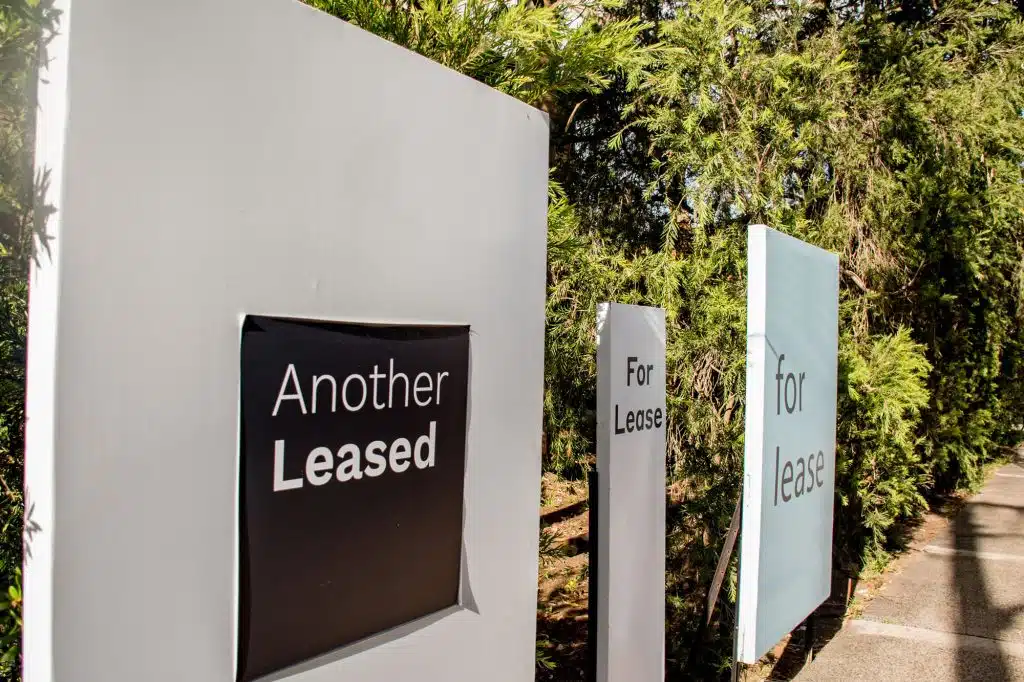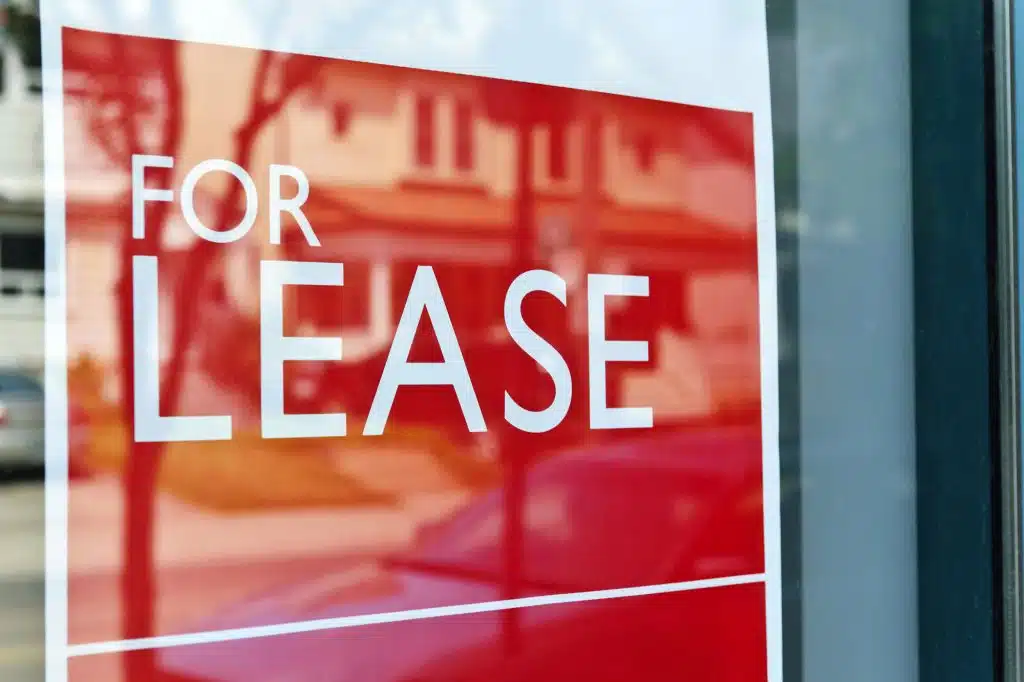

Information about sublease agreements
Similar to a transfer or assignment of lease, a sublease is generally used when a tenant no longer requires the property they are leasing or when a tenant is selling their business.
However, unlike an assignment, the existing tenant is still bound by their obligations to the landlord. A sublease exists between the existing tenant and a third party, whilst the original lease between the landlord and existing tenant stays in place.
If a tenant wishes to sublease all or part of the commercial property, the consent of the landlord must be obtained. Usually, the landlord will request information about the use of the premises by the sublessee. Some commercial leases may prohibit the subletting of the premises.
As the existing tenant remains liable to the landlord, the tenant should carefully choose the party with whom they enter into the sublease. The tenant should also make sure that the terms of the sublease are the same as those of the principal lease. This is especially important for any lease provisions relating to returning the property to its original state at the end of the lease.
Due the complexities that can arise, we recommend seeking legal advice if you are considering entering into a sublease.
More information
- Commercial leases – Responsibility for repairs and maintenance
- Understanding a Commercial Lease
- Traps to avoid in Commercial Leases
Need help?
Fill in the form below and one of our team will be in touch. You can also phone 1300 149 140 during standard business hours.











